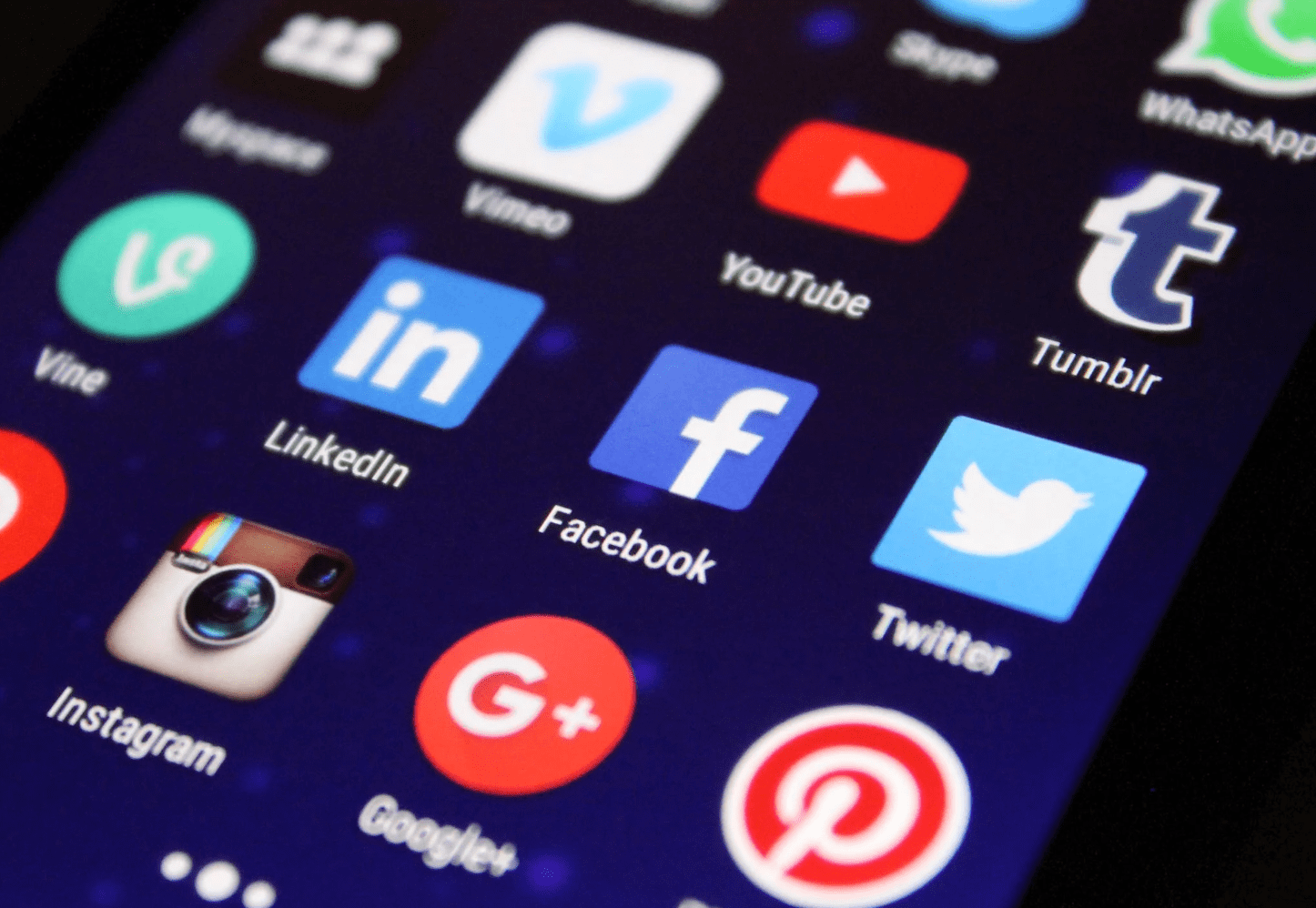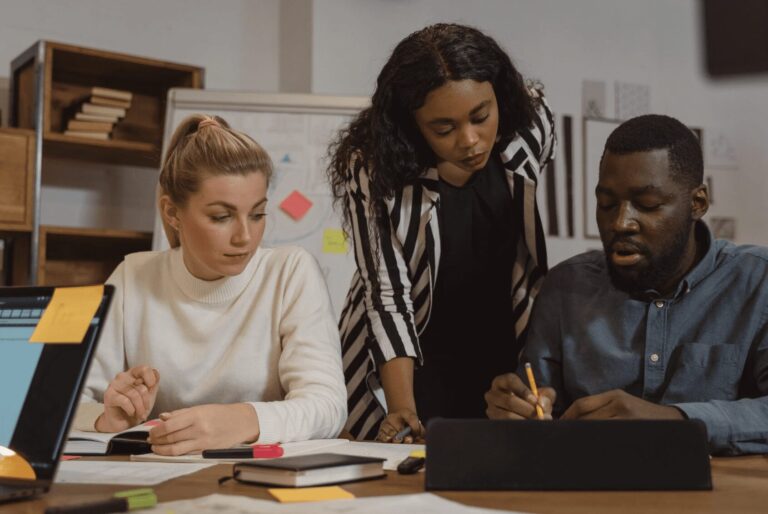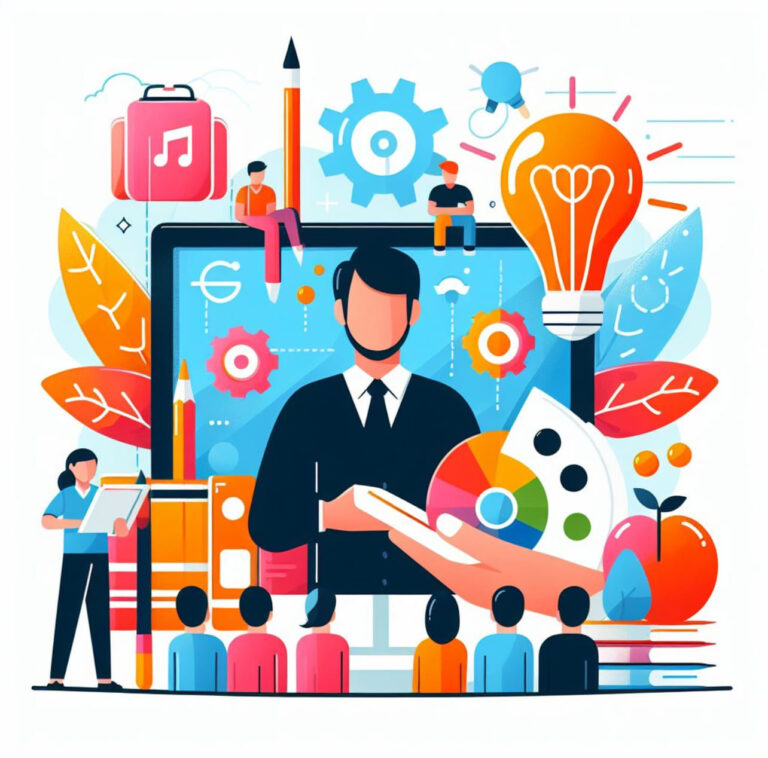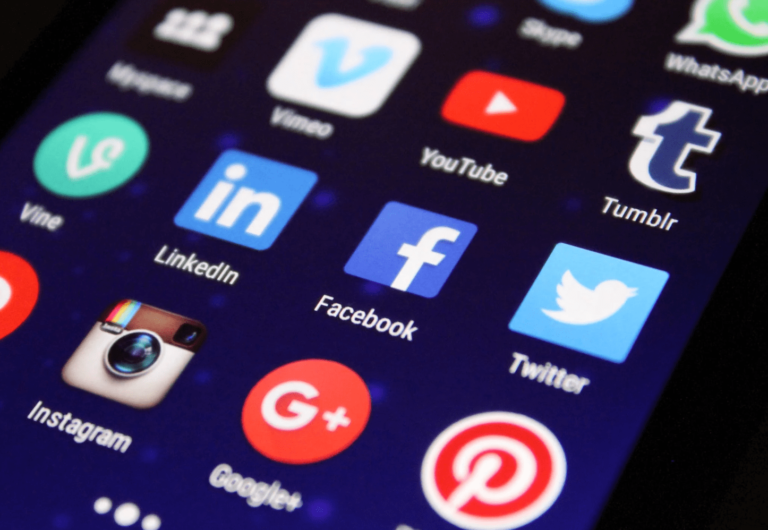

How to Use Social Media For Teaching and Learning
Have you been feeling the impact of social media on education? Do you remember when learning and teaching were so different from today? When we had to travel for hours, wake up early, and visit faraway libraries to find some information? I do. I used to love going to the city library when my history teacher asked us to research one of the topics in our history class. It was always an adventure for me! A chance to explore a new place and discover new things with my curiosity and eagerness, even for the expense of traveling long hours by boat to visit the library!
But times have changed, and so have we. Now, we have the world at our fingertips. We can have the world’s knowledge at our fingertips with just a few taps. Besides, we can learn anything, anytime and anywhere we want. As for teachers, we can also teach in new and innovative ways, using social media and other platforms to reach more students and engage them better.
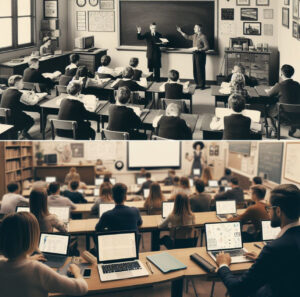

That’s why I’m telling you this story. To remind you how far we have come and how much further we can go. To inspire you to embrace the changes and challenges of learning and teaching in this digital age. I also encourage you to make the most of the tools and technologies that are available to us. Celebrate the joy and wonder of learning and teaching in this new era with social media.
But how do we use social media for teaching and learning? Social media is a powerful and pervasive phenomenon that has transformed the way we communicate, connect, and collaborate with others. It is also a valuable and versatile tool that enhances teaching and learning in various ways. This article will explore the potential of social media to enhance learning and the potential risks associated with its use. Also, it will provide practical tips and examples on using it effectively in your classroom.
The Benefits of Using Social Media for Education
Social media can offer many benefits for education, such as:
- It increases motivation and engagement.


Firstly, social media can make learning fun, interactive, and meaningful for students. It can also give them more choice, voice, and autonomy in their learning. For example, students can use social media to create and share content, such as blogs, podcasts, and videos. Moreover, they can use social media to participate in online communities or networks. Specifically with groups, forums, or chats, and exchanging ideas, opinions, or feedback with other learners or experts.
- Enhances communication and collaboration


Secondly, social media can facilitate communication among students and teachers, inside and outside the classroom. It can also help them develop their digital literacy and citizenship skills, such as communicating effectively, respectfully, and responsibly online. For instance, students can use social media to speak with their classmates or teachers about their assignments, projects, or questions. Besides, they can use it to collaborate with their peers or teachers on group work, such as Google Docs, Padlet, or Kahoot.
- Expanding access and opportunities


Thirdly, social media can expand access and opportunities for students and teachers to access diverse and updated information, resources, and opportunities related to their education. Similarly, it can help them connect with global and local issues, perspectives, and cultures outside their textbooks or curricula. To illustrate, students can use social media to access online courses, webinars, or podcasts that supplement their learning. They can also utilize social media to follow or interact with influential people or organizations relevant to their field of study.
The Challenges of Using Social Media for Education
However, social media can pose some challenges to education, such as:
- Distractions and disruptions
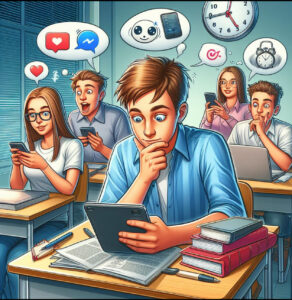

They can only distract students and teachers if used inappropriately and irresponsibly. Moreover, it can interfere with their attention, concentration, and focus on learning tasks or goals. For example, students may check their social media accounts or messages during class or study. Similarly, they may be exposed to inappropriate or harmful content or interactions online.
- Balancing privacy and safety
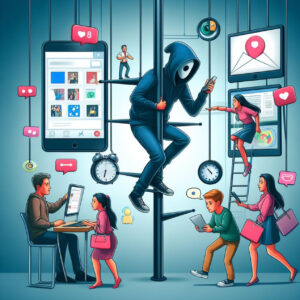

Additionally, they can raise privacy and safety issues for students and teachers, especially if they are unaware of the potential risks or consequences of their online activities or behaviors. Besides, it can expose them to cyberbullying, harassment, or exploitation online. Likewise, students may share too much personal or sensitive information online, or online predators or scammers may target them.
- Evaluating quality and credibility


Social media can present some quality and credibility issues for students and teachers, especially if they need to be more critical and discerning of online information, sources, or opinions. It can lead to misinformation, disinformation, or fake news online. In the same way, students may rely on social media as their primary source of information, or they may accept or spread false or biased information online.
How to Use Social Media Effectively for Education
To use social media effectively for education, here are some tips and suggestions that you can look into:
- Set clear goals and expectations
First, before using social media for education, you should set clear goals and expectations for yourself and your students. Align your social media activities with learning objectives and outcomes. For example, decide why, how, when, and where to use social media for education and what you want to achieve or accomplish by using it.
- Choose the right platforms and tools
Next, depending on your goals and expectations, choose the right platforms and tools that suit your needs and preferences. In addition, consider the features, functions, benefits, and potential challenges or limitations. For instance, choose the platforms and tools that are relevant, appropriate, and appealing for your subject, level, and audience and that are easy to use, access, and manage.
- Establish rules and guidelines
Then, establish rules and guidelines for yourself and your students to ensure the safe and positive use of social media for education. Also, communicate and enforce them clearly and consistently. Specifically, establish rules and guidelines on using social media responsibly, respectfully, and ethically, such as respecting privacy, protecting personal data, avoiding plagiarism, citing sources, reporting abuse, and seeking help.
- Monitor and support
Finally, monitor and support yourself and your students to ensure the successful use of social media for education. Likewise, provide feedback and recognition when needed. For example, you can check and support your student’s progress and performance, as well as their well-being and safety, by using analytics, surveys, or observations. You should also provide feedback and recognition to your students and yourself by using comments, likes, or badges.
To illustrate how social media can be used for education, below are some examples and stories from real teachers and students who have used to leverage social media to intensify their teaching and learning.
- Facebook to broadcast updates and alerts. Teacher A used a Facebook page to communicate with his students and parents about class activities, assignments, events, and announcements. He used the page to share photos and videos of his student’s work and achievements. Also, he found that using Facebook helped him keep his students and parents informed and engaged and showcase his students’ talents and efforts.
- Twitter as a class message board. Next, Teacher B used Twitter to create a class hashtag to post questions, comments, or feedback about their lessons. She also used Twitter to post polls, quizzes, or challenges for her students to answer or complete. Using Twitter helped her make her lessons more interactive and dynamic and encouraged her students to participate and collaborate.
- Instagram to create digital portfolios. For example, Teacher C used Instagram to create digital student portfolios. He asked his students to create their own Instagram accounts and post their artworks, drawings, paintings, or sculptures, along with some captions or hashtags. Moreover, he asked his students to follow and comment on each other’s posts. He realized that using Instagram helped motivate his students to create and share artwork and develop their digital literacy and creativity skills.
- YouTube to stream live lectures and host discussions. Another is Teacher D, who used YouTube to stream live for his online students. He also used YouTube to host live with his students, where they could ask questions, share opinions, or give feedback using the chat feature. Using YouTube helped him deliver his lectures more effectively and efficiently. Also, it encourages a sense of community and interaction among his online students.
- TikTok to make learning fun and viral. A student used TikTok to make short videos about topics he was learning in school, such as math, science, history, or English. He also used TikTok to add music, effects, or filters to make his videos more fun and engaging. Moreover, he encouraged his friends and followers to watch, like, or share his videos. Using TikTok helped him learn more enjoyably and spread his knowledge and passion to others.
Conclusion
Isn’t that amazing and something to be grateful for? We have so many opportunities and resources to learn and teach that we never had before. Use them wisely and creatively to enhance our learning and teaching experiences. We can ignite our souls and quench our thirst for knowledge like never before.
If you have any questions or comments on the impact of social media on education, feel free to leave them below. Thanks for reading, and see you at the next one!

